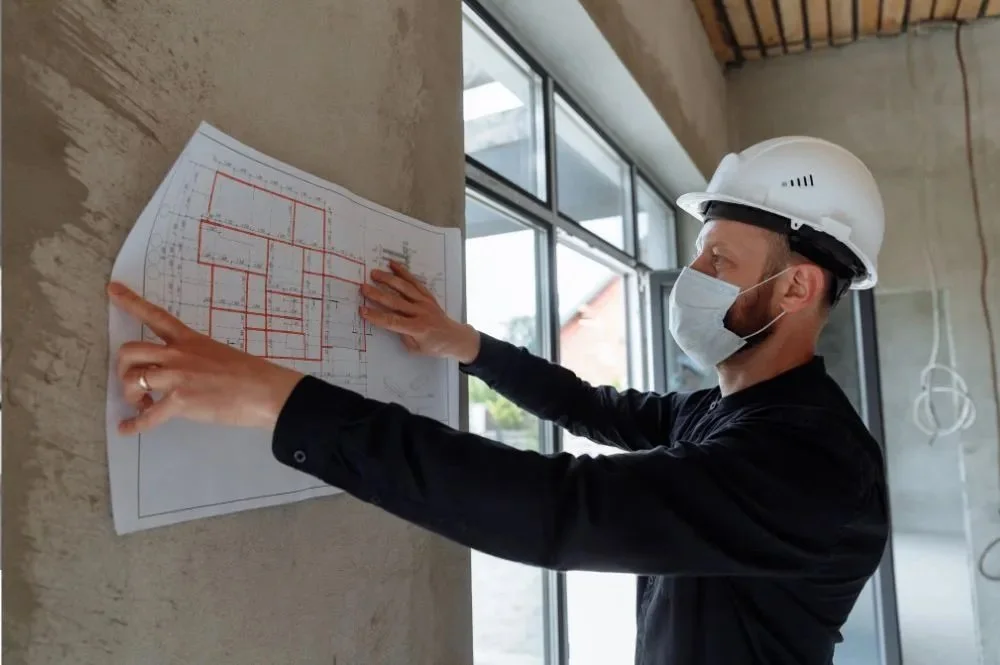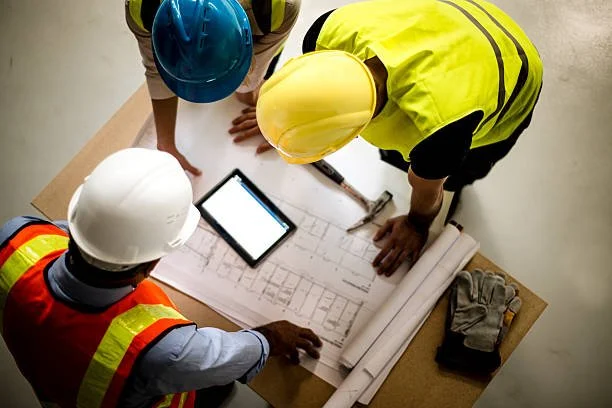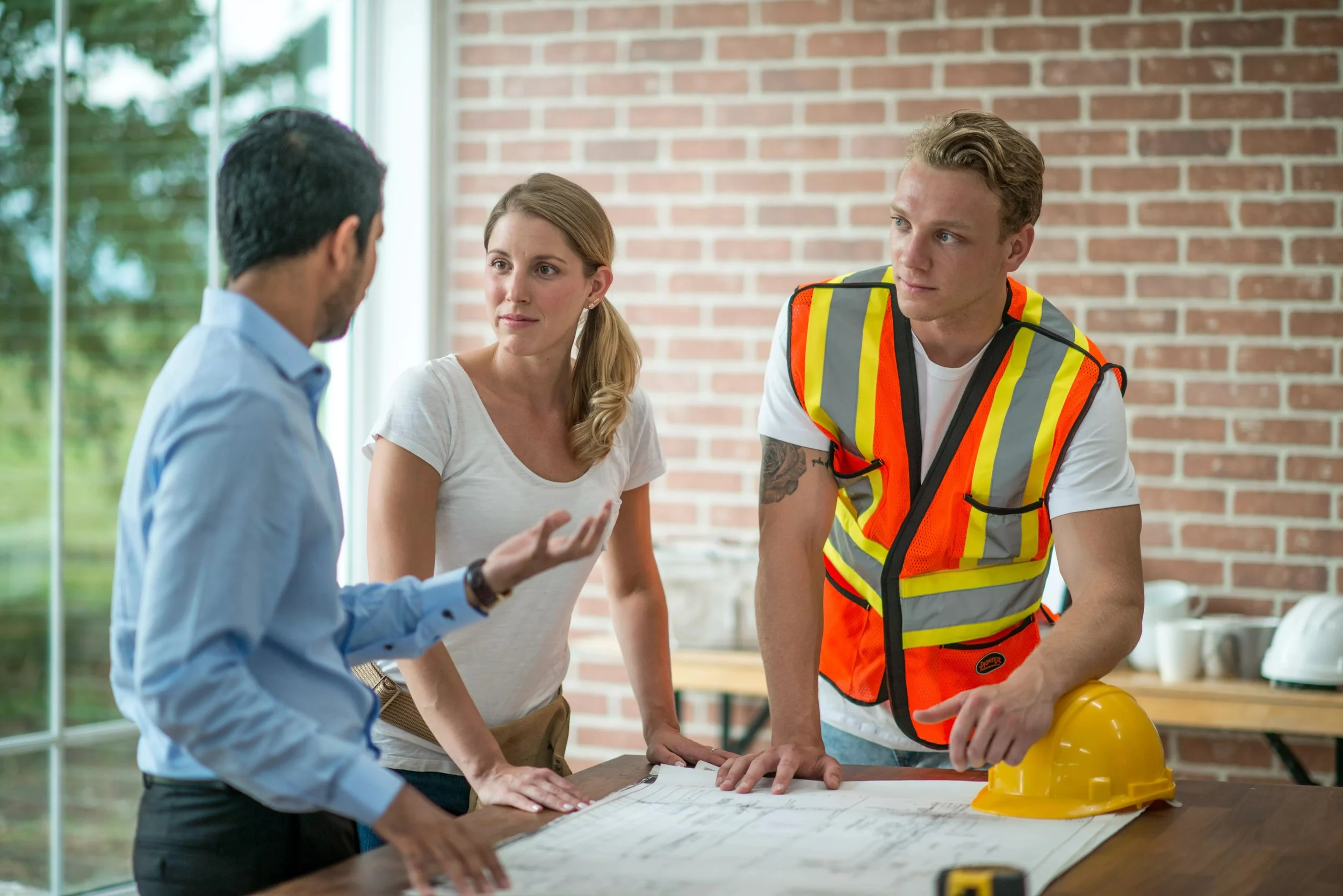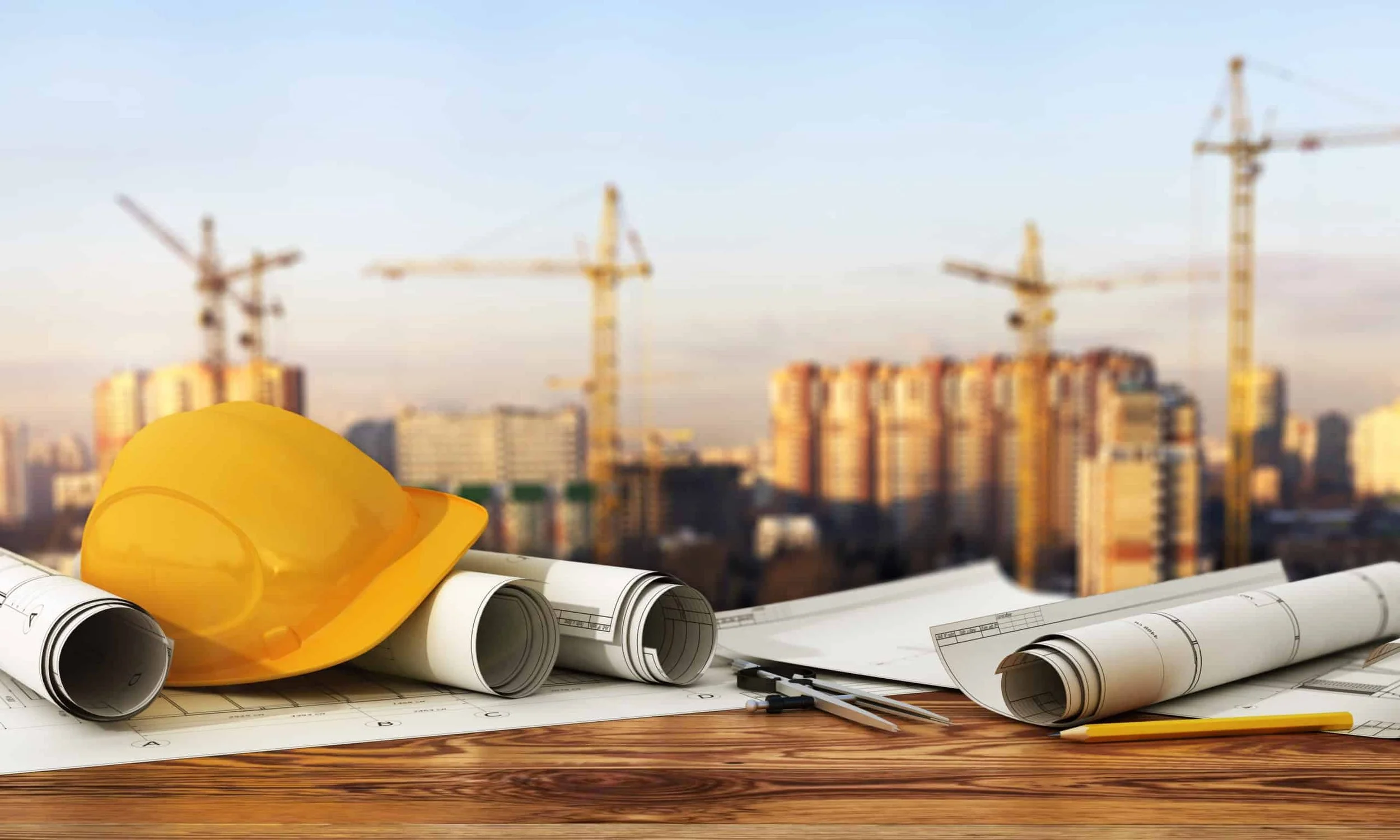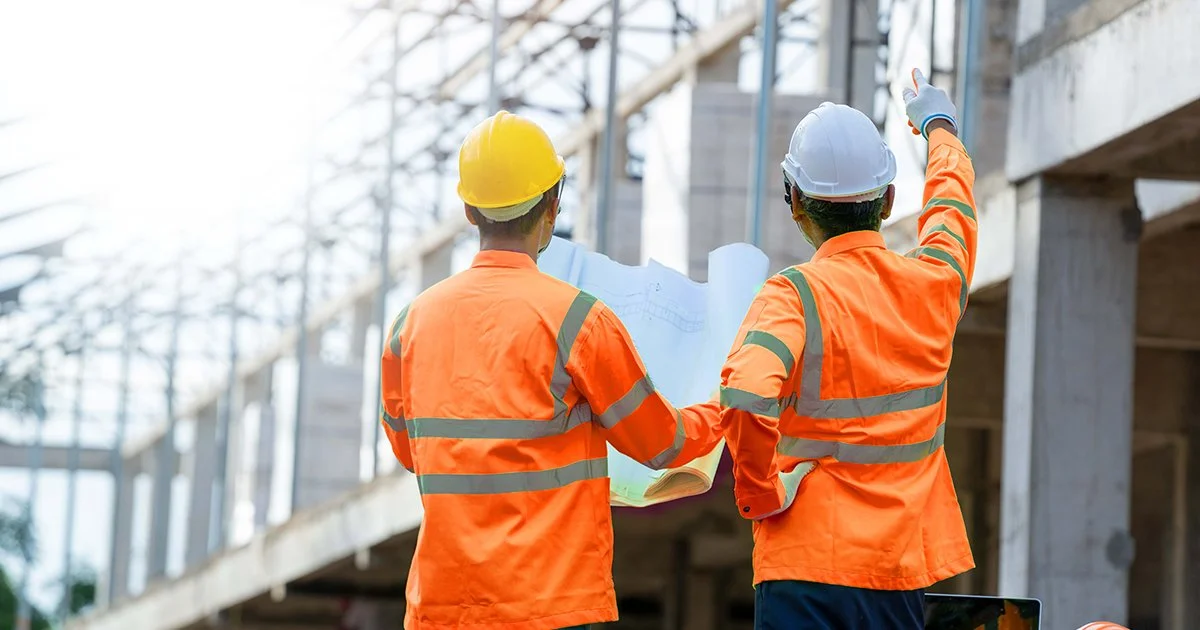
The Role of Principal Designer in Construction: CDM & Building Regulations Explained
Delivering safer, more compliant projects through early-stage planning and regulatory expertise.
Why the Principal Designer Matters in Modern Construction
In today’s construction environment, making safety and compliance a priority from the very beginning is essential. The role of the Principal Designer, as outlined in the CDM 2015 Regulations, is key to managing health and safety risks during the pre-construction phase, helping clients fulfil their statutory duties.
At DQS Consulting, we help clients plan better, reduce risk, and deliver projects with confidence. We integrate Principal Designer responsibilities into the core of every scheme, ensuring that health and safety are considered from day one.
How DQS Helps You Manage Principal Designer Duties
Under CDM 2015, the client must make suitable arrangements for managing health and safety, so that, as far as reasonably practicable, construction work can proceed without risk to those affected. As your appointed Principal Designer, DQS supports this duty by planning, managing, and monitoring the pre-construction phase, ensuring that health and safety is considered throughout the lifecycle of the project, including construction, future maintenance, and eventual decommissioning or removal.
Our Principal Design Service
1. Supporting Suitable Arrangements for Managing Health and Safety
We work with the client at the earliest stage to help establish appropriate arrangements for the management of health and safety risk. This ensures the project is properly resourced and organised, and that suitable coordination mechanisms are in place from the start.
2. Coordinating the Work of Designers
We lead the coordination of health and safety during the design phase, ensuring all designers fulfil their duties under Regulation 9. This includes reviewing how foreseeable risks can be eliminated or reduced through design, considering not only construction but also future use and maintenance.
3. Facilitating the Provision of Pre-Construction Information
We assist the client in identifying and compiling relevant pre-construction information (PCI), such as surveys, utility data, and safety records, and ensure it is distributed promptly to all designers and contractors. This enables informed design decisions and safer planning by the Principal Contractor.
4. Promoting Competence and Cooperation Among Duty holders
We support the client in confirming that duty holders, including the Principal Contractor, have the skills, knowledge, experience, and organisational capability to fulfil their roles. We promote a collaborative approach that ensures responsibilities are understood and risks are addressed collectively.
5. Monitoring the Pre-Construction Phase
We plan, manage, and monitor the health and safety aspects of the pre-construction phase. This includes coordination meetings, reviewing design changes, tracking residual risks, and ensuring arrangements remain effective.
6. Ensuring a Construction Phase Plan Will Be in Place
While the Construction Phase Plan is prepared by the Principal Contractor, we engage early to ensure planning for site health and safety is underway, supporting the client’s duty to ensure it is in place before work begins.
7. Preparing and Updating the Health and Safety File
We prepare and maintain the Health and Safety File in accordance with Regulation 12. This document captures residual risks and key safety information relevant to the future use, maintenance, or demolition of the structure.
FAQ
Discover more
We offer a comprehensive range of quantity surveying services, helping you push the boundaries of sustainability in construction.
Supporting Frameworks and Standards
DQS delivers Principal Designer services in full alignment with the statutory duties that govern health and safety risk management during the design and planning stages.
We work within the following legal frameworks:
Construction (Design and Management) Regulations 2015 (CDM 2015)
Health and Safety at Work etc. Act 1974
Management of Health and Safety at Work Regulations 1999
HSE Approved Codes of Practice and Guidance, including L153
The Regulatory Reform (Fire Safety) Order 2005
The Fire Safety (England) Regulations 2022
Our team brings pragmatic expertise and real-world experience, delivering solutions that are compliant, practical, and aligned with your project goals.
Related Reads
Here, you'll find a selection of articles exploring the Principal Designer role under CDM 2015, from design-stage risk management and fire safety coordination to legal duties and best practice delivery. Whether you're a client, contractor, or designer, our goal is to support your understanding of regulatory responsibilities and help you deliver safer, more compliant construction projects.
How Principal Designers Support Safer Design Outcomes
A closer look at how early-stage decisions reduce construction risk.
CDM 2015: What Every Construction Professional Needs to Know
A practical overview of the CDM Regulations and what they mean for project teams.
Fire Safety in Design: The Principal Designer’s Role in Coordination
How PDs help ensure fire safety is considered throughout pre-construction planning.
Managing Design Risk Under CDM 2015
Tools and techniques Principal Designers use to support safe and compliant outcomes.

